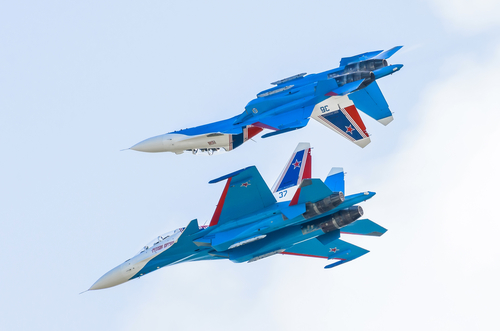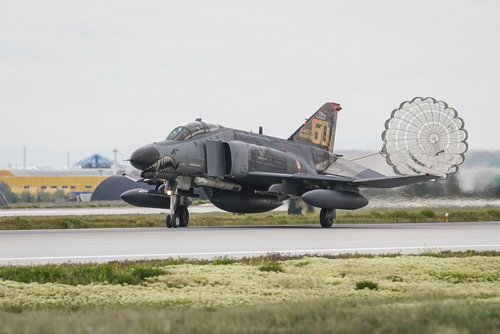
Despite the numerous advancements and introduction of next-generation fighter jets, the iconic F-16 Fighting Falcon remains the world’s most widely operated fighter jet in 2024.

As the military world evolves, certain fighter jets have left an indelible mark on the history of air combat, not only for their technological prowess but also for the sheer numbers produced and their extended service across the globe.

At the top of the list, with over 2,100 units in operation, the F-16 stands tall. Originally developed by General Dynamics and now manufactured by Lockheed Martin, the Fighting Falcon has been produced in staggering numbers – more than 4,600 to date – and continues to be in high demand.

“Used by more than 25 countries and continuing to sell like hotcakes, the F-16 is certainly the most widely operated fighter jet in the world and will most likely remain in this position for the foreseeable future,” says a notable aviation journal.

Trailing the F-16, with over 1,240 operational units, is the Sukhoi Su-27 family. Developed as the Soviet answer to the F-15, this formidable jet has spawned numerous derivatives, including the advanced Su-30, Su-34, and Su-35 models, ensuring its presence in the skies for years to come.

The third spot is held by the MiG-21 family, with over 1,100 units still in service. Astonishingly, this jet remains one of the oldest fighter aircraft in operation. The USSR originally produced 11,496 MiG-21s, and China contributed with its own variant, the Chengdu J-7, adding to the enduring legacy of this cold-war era jet.

Despite their age, the MiG-21 and its derivatives continue to serve in various air forces, a testament to their resilience and enduring design.

In terms of American aircraft, the F-4 Phantom II, once the most-produced American supersonic military aircraft in history with over 5,000 units built, has seen its operational numbers dwindle.

While the F-4’s role has significantly diminished, it paved the way for the technological advancements that have defined successive generations of fighter jets.

As the world of fighter jets continues to fascinate, we recognize that beyond speed and firepower, numbers and longevity speak volumes about a jet’s success.

The MiG-23, the Soviet Union’s first swing-wing jet, along with the F-86 Sabre, the USAF’s first swept-wing airplane, and the F-4 Phantom II, are celebrated for their historical significance and the roles they played during their service.

Looking to the future, the F-35 Lightning II, over 660 of which are operational, exemplifies the 5th generation of fighter aircraft. With advanced stealth features, sensor fusion, and network-centric warfare capabilities, it is expected to remain in service through the 2070s.

Meanwhile, talks of 6th and even 7th generation fighters are already underway. “A 7th-generation aircraft will likely be autonomously controlled… and perhaps directed by a human controller/operator on the ground far from the battlespace,” according to military experts.

These future designs promise to integrate AI, hypersonic flight, and more advanced stealth characteristics, demonstrating the ever-accelerating pace of military aviation technology.

Despite these advancements, the legacy of the world’s most produced and operated jets such as the F-16 remains a benchmark for effectiveness and popularity in aerial warfare.
Relevant articles:
– Top 5: The World’s Most Produced Fighter Jets, Simple Flying, Jul 22, 2023
– Top 10 most widely operated fighter jets in 2024, AeroTime
– Forget the F-22 and F-35: 7th Generation Fighters Could Fire Lasers, nationalinterest.org
– The 21 Most Produced Aircraft of All Time (Take a Guess), PilotMall.com, Jan 2, 2024
